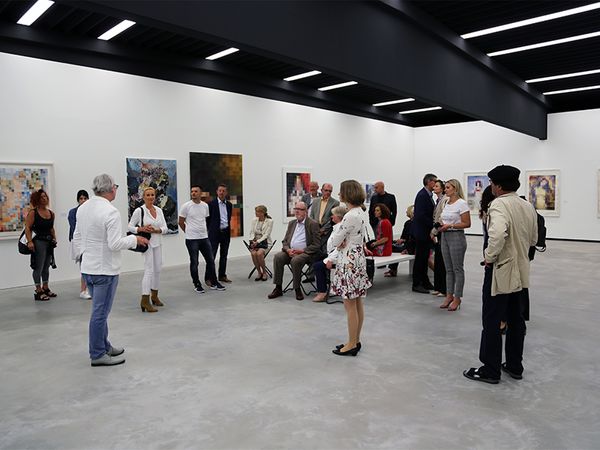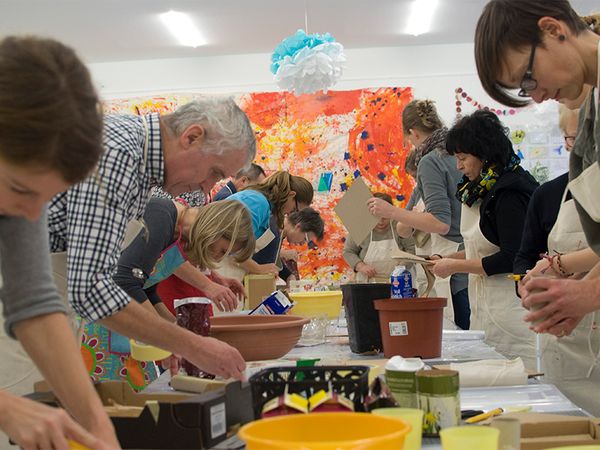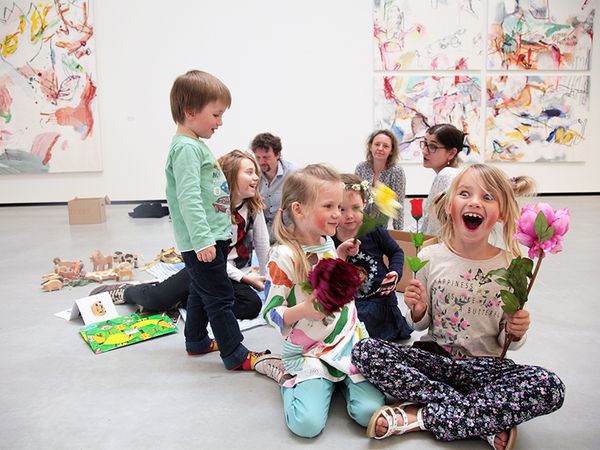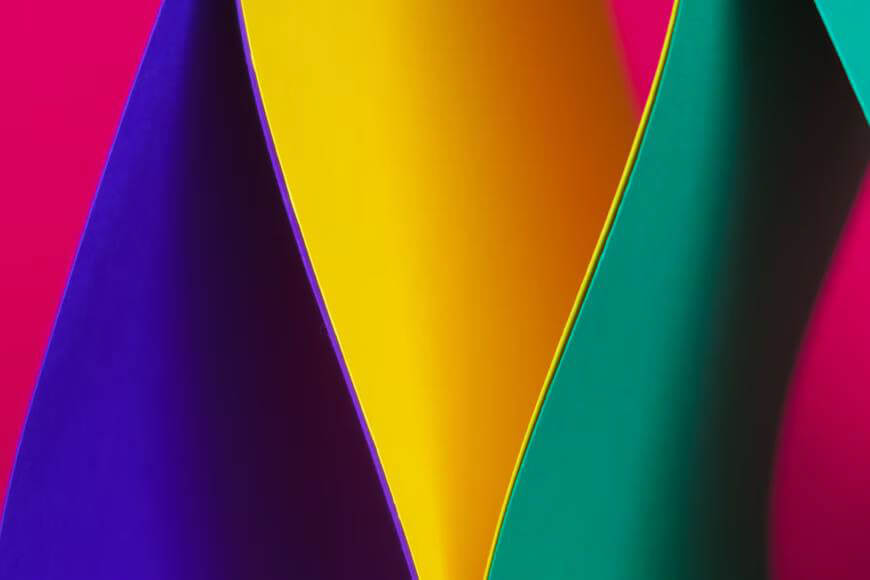The Case for Abstraction. The Art Assignment. PBS Digital Studios
For much of human history, people made art by trying to represent the world as it appeared around them. Until about 100 years ago, when a bunch of artists stopped trying to do that. It was shocking then and it still upsets and confounds today. How are we supposed to deal with art completely removed from recognizable objects? And why should we? This is the case for Abstraction.
Daniel Cookman
As a physicist, what struck me was the connection here with mathematics: from my perspective, maths IS abstraction in the realest of senses. Take, for example, numbers: when we first learn about numbers, we think of three beans or four cars, i.e. numbers as an adjective to describe. The first major leap of abstraction we teach is that four is not just a describing word, but also an idea, an object in itself that has properties attached to it (addition, subtraction, etc.). As the maths gets more complex, we continue to describe certain ideas (e.g. the concept of a vector) as objects, which of course from the literalist’s perspective is absurd: how can you have a number just exist in the world?! All of this isn’t coincidental. We use maths precisely because it strips away any of the guff (i.e. unnecessary context) not needed to solve the problem. Want to add to add three beans to two beans? Well, it’s exactly the same question as if you were talking about cars or anything else: what matters is the number, not the thing itself. By doing this, the tools we have left are not only incredibly efficient (algebra, calculus, etc.) but also can have the context built back into them with ease. The case for abstraction in mathematics is then self evident! Funny, how different fields of thought end up closing upon the same idea.
Katy Spencer
I think its interesting because as a 15 year old abstraction is so ingrained in our culture and art that it seems bizarre that there ever was not. It’s always a good reminder that your world isn’t yours and wasn’t always the same.
Scott Oconnor
As an artist who does a lot of abstract paintings I really enjoyed this video. You don’t waste any time going over the history of abstract art and the artists who started it, did it and some who probably still do it. Its amazing to me that it really only took off and became a well known and widely accepted art form in the early 1900’s. The history of art in itself is quite fascinating but how abstraction fits into it is very interesting. I had to watch this video twice since it moves so quickly but I think I learned something both times so it was worth it. “What’s strange may be the period when humans did not embrace abstraction” – Well said
Ivan Garcia
Abstractions can be good when their semantic is either self evident or if there is a consensus on its definition. They can be powerful by allowing the mind to handle complex concepts fast. If for the symbol “2” some people say it is two and others 3 it looses its value. The same happens with words. The problem I see with abstract art is that I don’t see them defining the semantics of texture, edge curves, or geometric shapes. It is meant to be open to subjective interpretation. If I make some random shapes/texture from the computer and place it as a form of art. Then someone inspect the “art” and starts making a whole complex story out of it. Does this makes sense? The same can be done with clouds. I can genuinely paint an abstract art with my emotions and state of mind. And what happens if the person that inspects the painting feels/interprets something totally different. It would be nice to see if someone has made an experiment with one of the best abstract paintings to see the meaning the infer and then interview the artist to explain what he/she tried to convey.
Aeromodeller1
I have always thought “abstract art” or “abstractionism” were misnomers. It does not correspond to my concept of abstraction. Abstraction seeks to generalize. Each piece of abstract art is a particular. What they usually mean is “nonrepresentational”. But even that concept is problematical. There are different ways to represent and degrees of representation. Especially paradoxical is “abstract photography”. A photograph is an exact optical representation of a particular object. Can’t get more representational than that. But photographs of eroded sandstone, broken glass, ice sheets, tree bark, architectural details or leaves are called abstractions. Representational photography shows an object or tells a story that can be put into words. Abstract photographs usually don’t. Most of the photographs you see are about the subject matter, not about the photograph. This is Aunt Em. This is the Golden Gate Bridge. Abstract photography is about the photograph and how it works. The picture of eroded sandstone is about how light plays on a surface to reveal shape and how the photograph captures that light, revealing form. It is not a geological description of sandstone. It does not suggest a conventional verbal category. It is purely about how tonal gradation reveals form. It is appreciated for itself alone, not for its depiction of something else. Being outside conventional categories makes abstract photographs a bit mysterious, and interesting. They are not limited by a title.
Rajesh Budhathoki
I am art student and very interested in abstraction, I’m going good with my structural understanding of value and proportions to portray things in a realistic order. But I’m focusing more on experiment and interested in abstract thinking, I’m spending most of my energy, time and money on it. I think what we see infront in this pragmatic world is very limited, and we may not be accurate to every creature that has a vision or own perspective. We are bound to believe in things that exist. we humans have achieved good work on technologies and material success, but not in deep knowledge vision which is yet to be known or introduced. I think abstract is a basic idea of understanding things inside every mater in this universe including us. I’m doing my work as a student in fine arts, I want to see beyond every question and things which doesn’t exist. I believe one day humanity Will reach out there and will be able to summarize the real reality!Show less

























